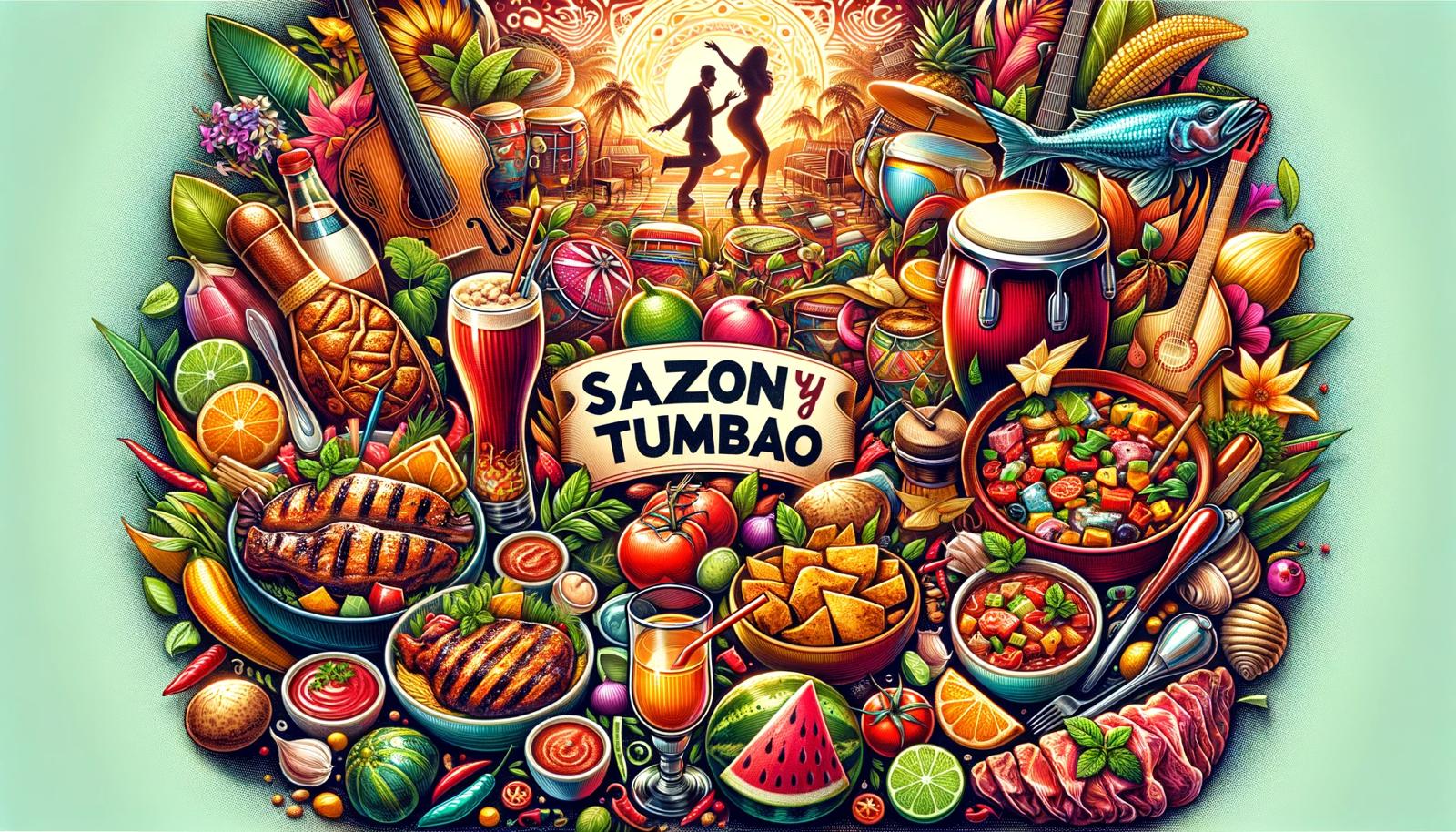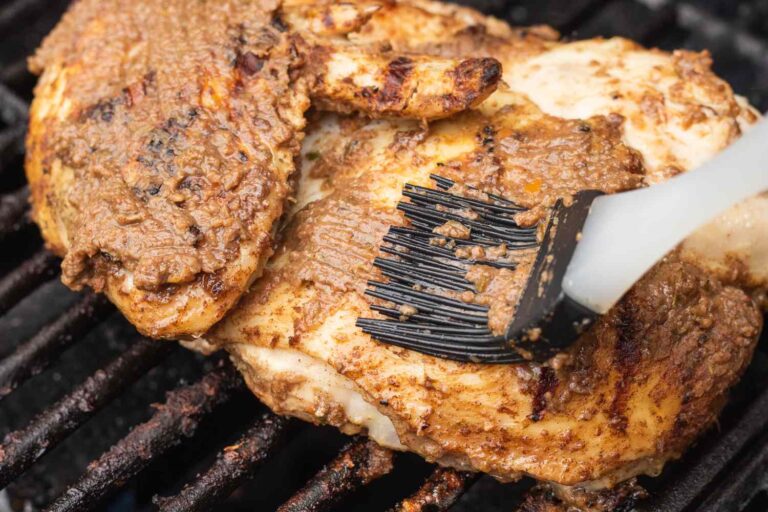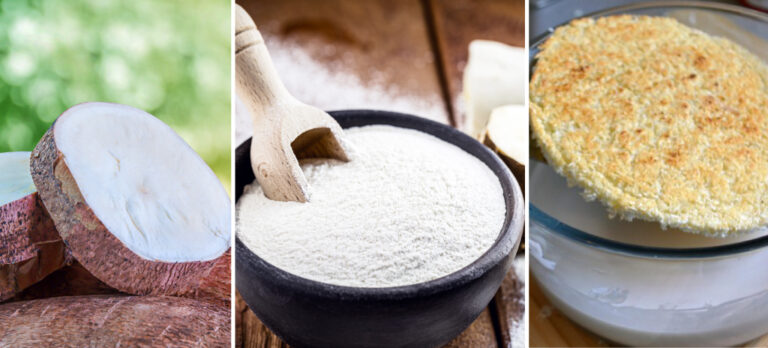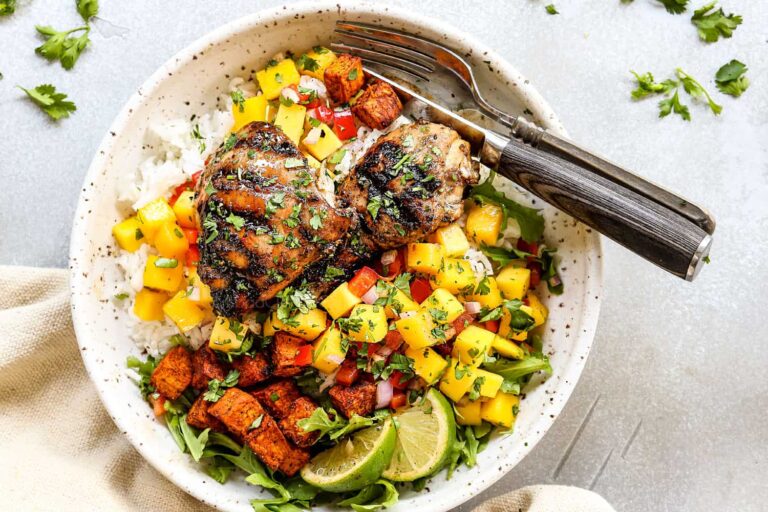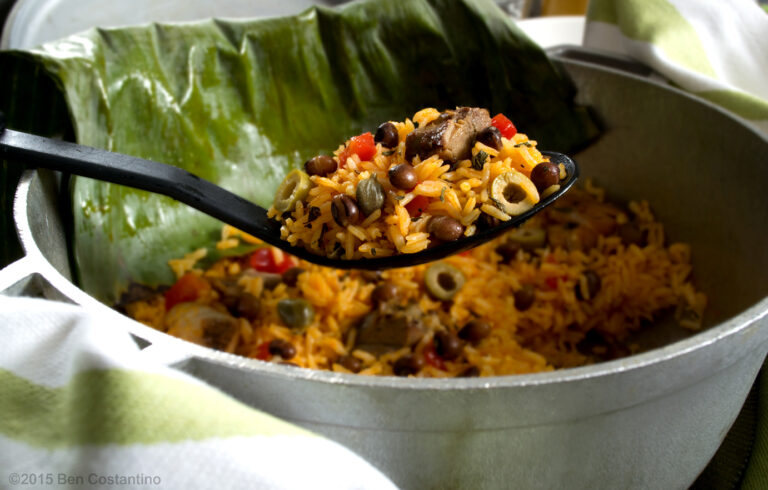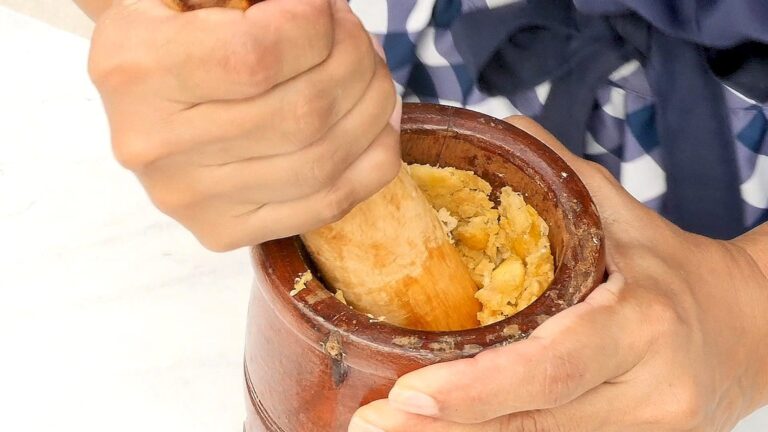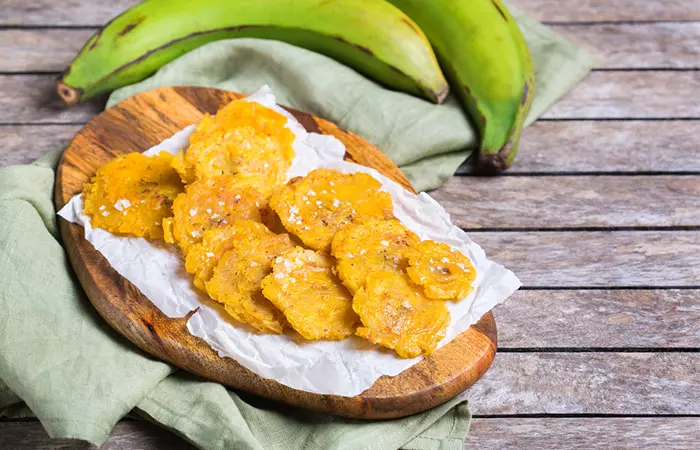Mofongo is more than just a dish; it’s a cultural experience deeply rooted in the Caribbean’s culinary history. With its rich combination of textures, flavors, and ingredients, Mofongo has found its place in the hearts and stomachs of many. Whether you’re in Puerto Rico, the Dominican Republic, or Cuba, Mofongo is celebrated and enjoyed in various forms, each with its own unique twist.
At www.sazonytumbao.com, we pride ourselves on being a premier source for everything barbecue and Caribbean cuisine, and this article will explore the different types of Mofongo you’ll find across different Caribbean regions. Let’s dive into the flavors and cultural significance of this beloved dish, setting the stage for a deeper understanding of its regional variations.
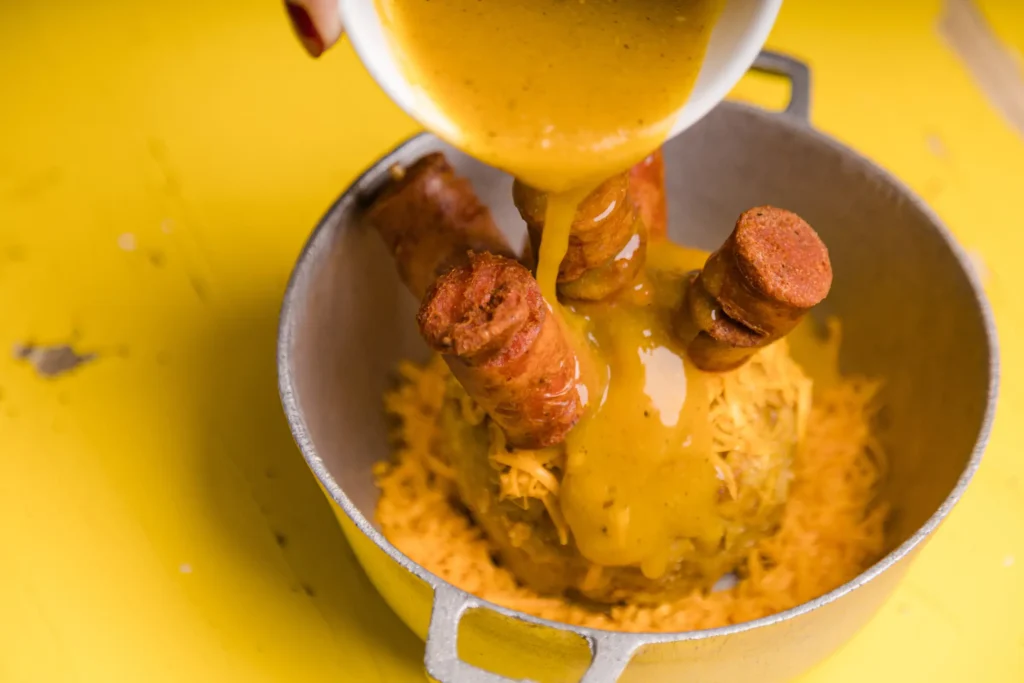
What is Mofongo? Understanding Its Origin and Preparation
Mofongo is a beloved Caribbean dish made primarily from fried green plantains, which are mashed together with ingredients like garlic, pork cracklings, and a variety of spices. Its origins can be traced back to African culinary traditions brought to the Caribbean during the colonial era, blending with native Taino and Spanish influences to create a truly unique dish.
Typically, Mofongo is shaped into a ball or mound and served with a protein-based broth, seafood, or meats. It’s a hearty and flavorful dish that showcases the best of Caribbean cuisine.

The History and Cultural Significance of Mofongo
The story of Mofongo is one of resilience and adaptation. It originated from the African “fufu,” a mashed dish that was traditionally made using starchy vegetables. When enslaved Africans were brought to the Caribbean, they adapted their culinary heritage using available local ingredients like plantains.
Over time, Mofongo became a staple in Puerto Rican cuisine, spreading to neighboring islands such as the Dominican Republic and Cuba. Today, Mofongo is more than just a meal—it’s a representation of cultural identity, celebrated at family gatherings, restaurants, and festivals throughout the Caribbean.

How is Mofongo Traditionally Prepared?
Traditionally, Mofongo is prepared by frying green plantains until golden, then mashing them together in a wooden mortar known as a pilón. The plantains are mixed with garlic, olive oil, and pork cracklings (also known as chicharrones). The texture should be chunky, and the flavors must be bold yet balanced.
The mashed plantains are then shaped into a ball or mound and served either on their own or as a side dish to meats and stews. Variations can include the addition of seafood, vegetables, or different types of meats, depending on the region.
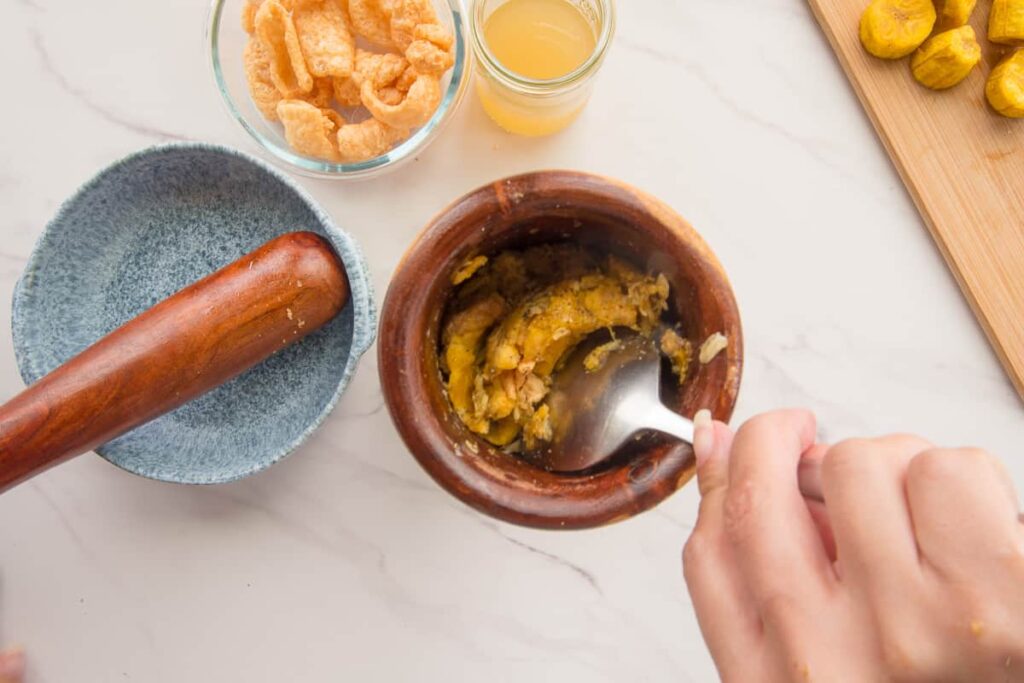
Exploring the Different Types of Mofongo by Region
The beauty of Mofongo lies in its versatility. As it traveled across the Caribbean, each island added its own twist to the dish. Let’s explore how Mofongo is prepared in Puerto Rico, the Dominican Republic, and Cuba, highlighting what makes each version distinct.
Puerto Rican Mofongo: The Classic Version
Puerto Rico is considered the birthplace of Mofongo, and the traditional recipe here remains the gold standard. This version is typically made with green plantains, garlic, and chicharrones, giving it a savory, slightly smoky flavor. It’s served with a side of broth, which is used to moisten the Mofongo or poured over it to enhance its taste.
Traditional Plantain-Based Mofongo
The classic Puerto Rican Mofongo uses unripe green plantains, which are peeled, sliced, and fried until crispy. They are then mashed in a pilón with garlic, salt, and chicharrones. The resulting mixture is shaped into a mound and served with a garlicky broth. This version is dense and filling, perfect as a standalone meal or as an accompaniment to meat and seafood.
Seafood Mofongo: A Coastal Delight
In coastal regions of Puerto Rico, Mofongo is often paired with fresh seafood like shrimp, lobster, or crab. The mashed plantains are mixed with the seafood, resulting in a rich, briny flavor. This variation is often topped with a seafood sauce, making it a decadent option for seafood lovers.
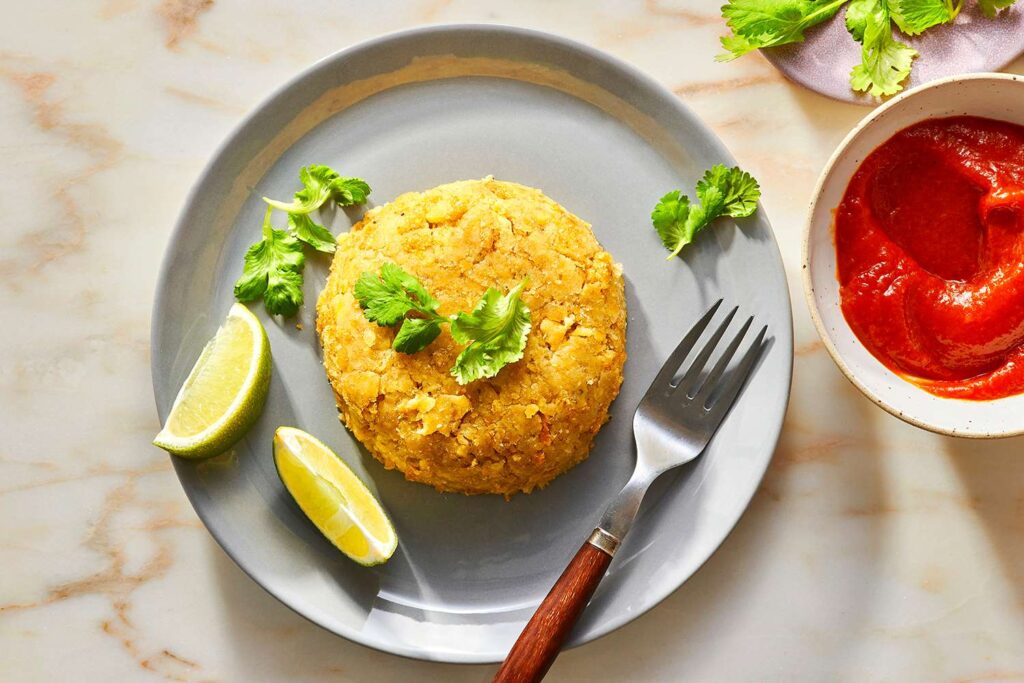

Dominican Mofongo: Adding a Unique Twist
In the Dominican Republic, Mofongo takes on new dimensions. While the base ingredients of plantains, garlic, and pork cracklings remain the same, the Dominicans often add yuca (cassava) or sweet plantains to the mix. The result is a dish with a smoother texture and a slightly sweeter flavor profile.
The Use of Cassava in Dominican Mofongo
Cassava, or yuca, is a starchy root that adds a creamy texture to Dominican Mofongo. The cassava is peeled, boiled, and then mashed alongside plantains, creating a softer, more malleable Mofongo. This variation is especially popular in the interior regions of the Dominican Republic, where cassava is a staple crop.
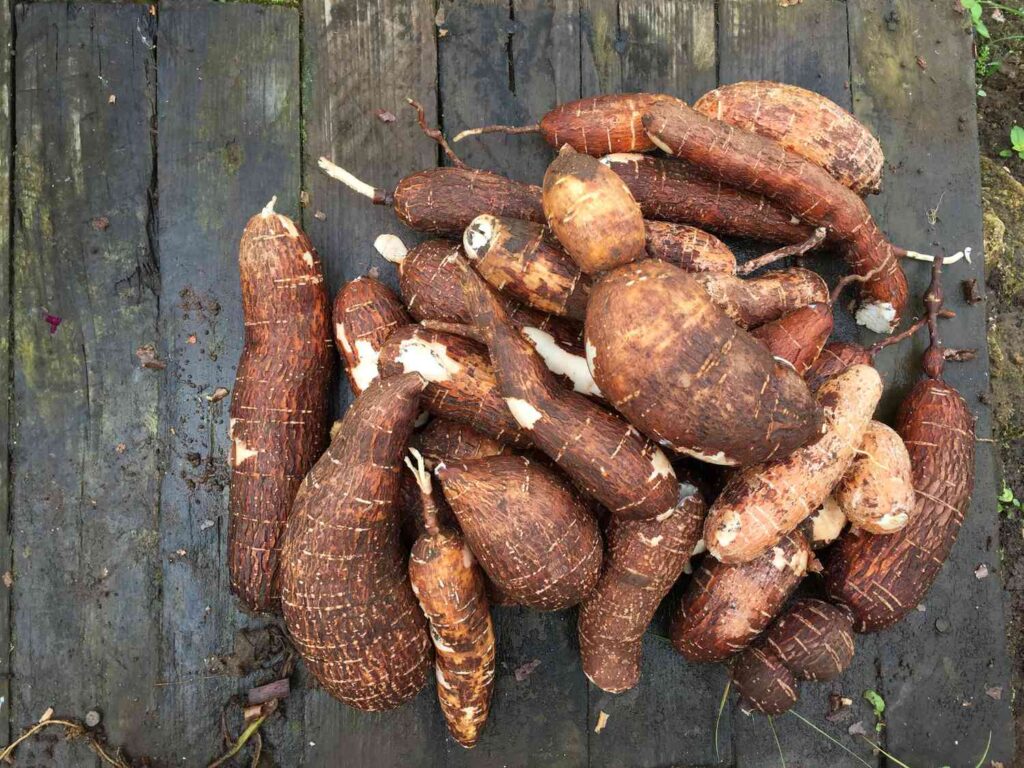
Cuban Mofongo: A Fusion of Flavors
Cuban Mofongo reflects the island’s diverse culinary influences. Cuban cooks often incorporate spices like cumin and oregano, giving the dish a distinctive flavor. Additionally, Cuban Mofongo might include ingredients like ham or cheese, adding layers of flavor and complexity. The Cuban version is known for its emphasis on bold, rich seasonings and a fusion of local flavors.
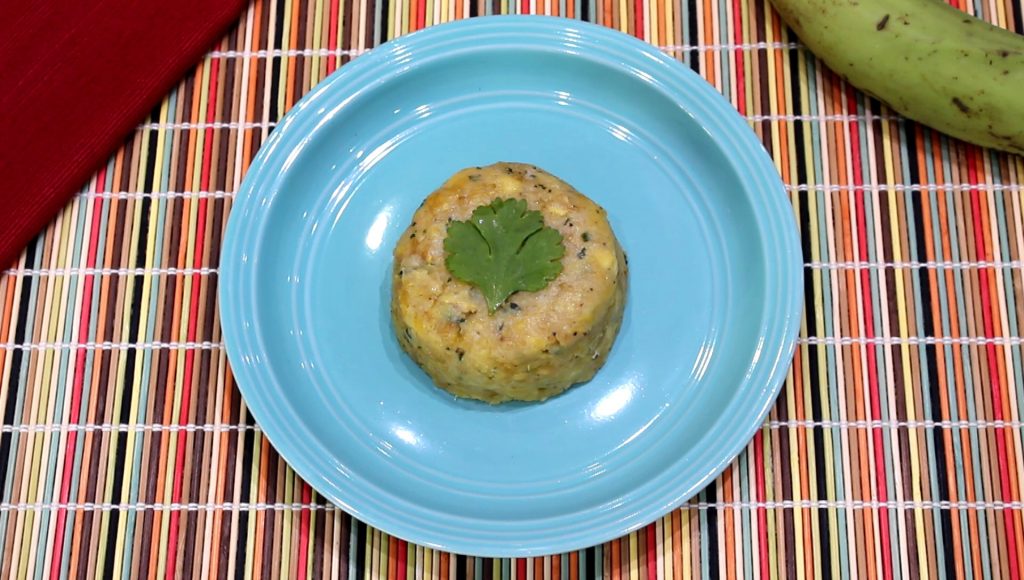
Specialty Mofongo Variations Across the Caribbean
Beyond the standard regional styles, the Caribbean is home to countless unique Mofongo variations that reflect the creativity and resourcefulness of its people. These specialty Mofongos offer a glimpse into how the dish has evolved and adapted over time.
Mofongo with Bacalao: A Puerto Rican and Dominican Favorite
Mofongo with Bacalao (salted codfish) is a beloved variation found in both Puerto Rico and the Dominican Republic. The Bacalao is soaked to remove excess salt, then cooked with onions, tomatoes, and peppers before being mixed into the Mofongo.
The salty, briny flavor of the cod complements the starchy sweetness of the plantains, making it a popular choice during Lent and other religious observances.
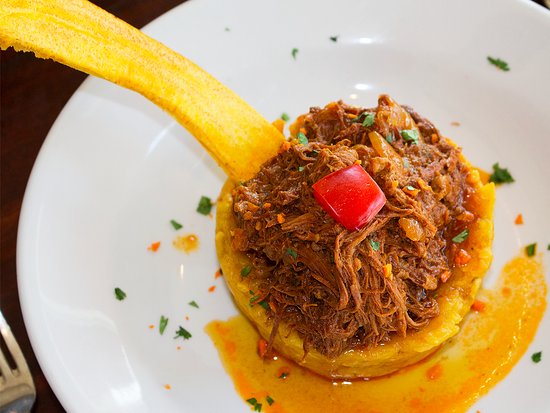
Vegetarian and Vegan Mofongo Options
As more people embrace plant-based diets, vegetarian and vegan Mofongo options have gained popularity. These versions substitute pork cracklings with alternatives like mushrooms, avocado, or tofu, ensuring that everyone can enjoy this Caribbean staple.

Vegan Mofongo with Mushrooms and Avocado
This variation replaces the traditional chicharrones with sautéed mushrooms and adds creamy avocado for extra richness. The mushrooms provide a savory, umami flavor, while the avocado adds a smooth texture, making this vegan Mofongo as satisfying as the original.


The Influence of Mofongo in Caribbean Cuisine
Mofongo has had a significant impact on Caribbean cuisine, inspiring a range of dishes that incorporate its core ingredients and techniques. From street food vendors to fine dining establishments, Mofongo continues to shape the culinary landscape of the region.
Mofongo vs. Mangú: Understanding the Differences

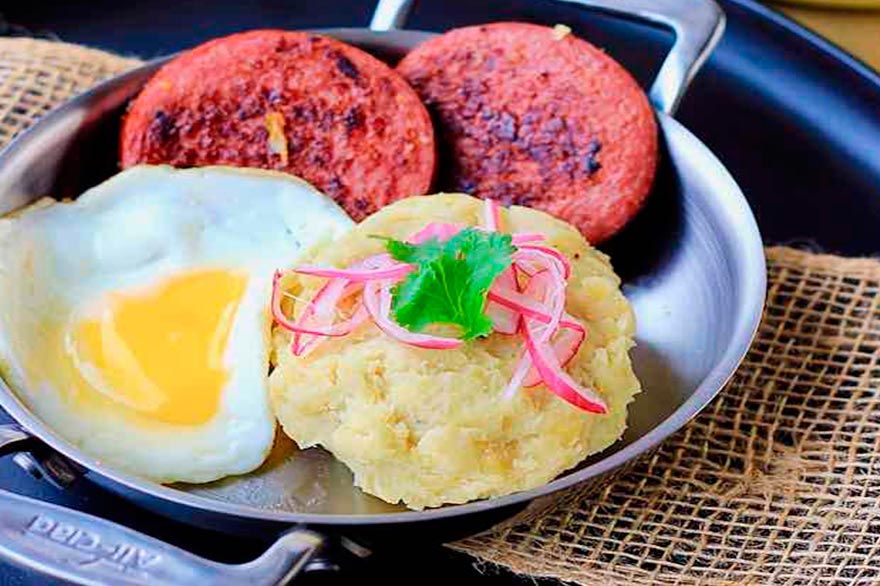
While Mofongo and Mangú may seem similar, they have distinct differences. Mangú, another popular Dominican dish, is made by boiling and mashing plantains instead of frying them. The texture of Mangú is much smoother, and it is typically served with sautéed onions and eggs for breakfast. Mofongo, on the other hand, has a chunkier texture due to the fried plantains and the addition of chicharrones.
Mofongo’s Role in Caribbean Celebrations and Events
No Caribbean celebration is complete without Mofongo. From weddings and birthdays to national holidays, Mofongo is a cherished dish that brings people together. Its versatility allows it to be served as a main course or a side dish, and it’s often found at the center of the table during family gatherings and special events.
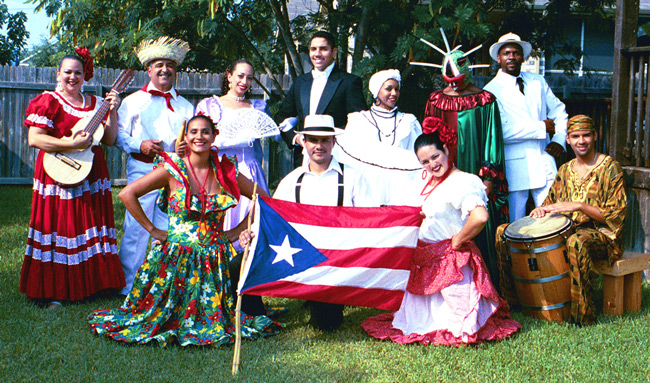
How to Make the Perfect Mofongo at Home
Want to bring a taste of the Caribbean into your kitchen? Making Mofongo at home can be a rewarding experience, especially when done right. Here’s a step-by-step guide to creating the perfect Mofongo from scratch.
Step-by-Step Guide to Preparing Traditional Mofongo
- Choose Your Plantains: Select green, unripe plantains for a traditional texture.
- Peel and Slice the Plantains: Cut them into 1-inch rounds.
- Fry the Plantains: Heat oil in a pan and fry the plantains until golden and crisp.
- Prepare the Garlic Mixture: In a pilón, mash garlic, salt, and olive oil.
- Mash the Plantains: Add the fried plantains to the pilón, along with the garlic mixture and chicharrones. Mash until well combined.
- Shape and Serve: Form the mixture into a mound and serve with broth or as a side dish.
Choosing the Right Plantains for Mofongo
The ripeness of the plantains is crucial to achieving the right texture. Unripe, green plantains are best for traditional Mofongo, as they hold their shape when fried and have a starchy flavor. Avoid yellow or ripe plantains, as these will produce a sweeter, softer Mofongo.
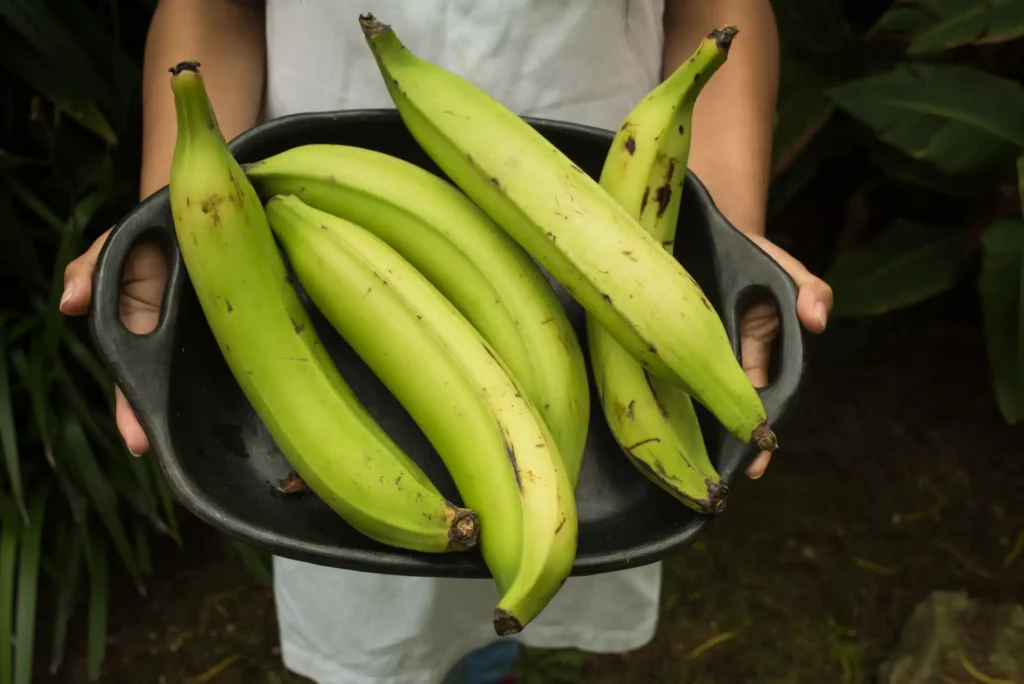
Common Mistakes to Avoid When Making Mofongo
- Using Ripe Plantains: This results in a mushy texture.
- Over-Mashing: Mofongo should be chunky, not smooth.
- Skipping the Broth: Always serve Mofongo with a side of broth to keep it moist.
Where to Try the Best Mofongo in the Caribbean
For those who want to experience authentic Mofongo, there are several must-visit spots across the Caribbean.

Top Mofongo Restaurants in Puerto Rico
Puerto Rico is home to some of the best Mofongo in the world. Check out Restaurante Raíces in Old San Juan for a classic take or Jose Enrique for a modern twist.
Hidden Gems for Mofongo in the Dominican Republic
The Dominican Republic offers Mofongo with a unique flair. Try Adrián Tropical in Santo Domingo or El Conuco for a more rustic experience.
Best Spots for Mofongo in Cuba
In Cuba, El Aljibe in Havana is known for its innovative Mofongo dishes, blending local spices with traditional techniques.
Disclosure: Our blog contains affiliate links to products. We may receive a commission for purchases made through these links. However, this does not impact our reviews and comparisons. We try our best to keep things fair and balanced, in order to help you make the best choice for you.
